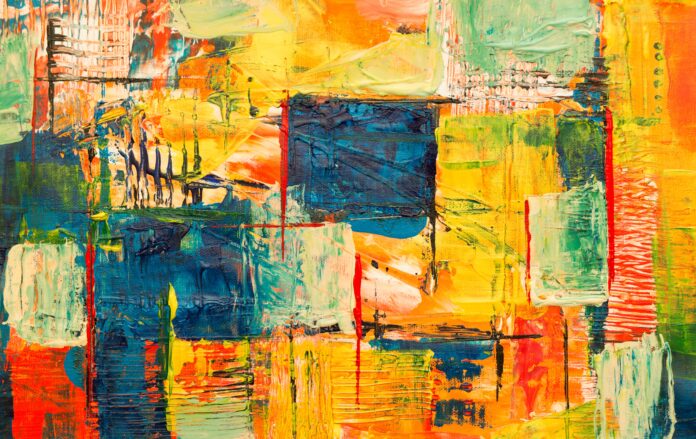For as long as humans have graced this planet, art has followed us. Cave paintings dating back to nearly 50,000 years ago confirm this, demonstrating how deeply embedded art and creativity are in our psyches.
In addition to stimulating our senses, a recent literature review has found that art has some therapeutic benefits, too. Yet what are the mental mechanisms behind our love of art? To put it simply, how does art make us feel the way we feel? A new study by a team of researchers, including some from the University of Toronto, may provide some insight.
Science in the abstract
The researchers were primarily interested in understanding the depiction of emotions in abstract art (both colour and line drawings) and whether differences exist between artists and non-artists.
The emotions under investigation were based on the six basic emotions put forth by renowned psychologist Paul Ekman in 1969 — anger, disgust, joy, fear, sadness, and surprise — with the last one being replaced by wonder. The authors justified this by highlighting that surprise is the only one of the five that is not clearly negative or positive, therefore needing to be replaced by a more clear example of a positive emotion.
In line with previous literature, the team hypothesized that certain colours would be associated with certain emotions, such as red with anger, blue with sadness, and yellow with joy. However, other questions were less obvious. Would colour art depict emotions more recognizably than line art? Would artists be better at depicting emotions than non-artists?
Colouring inside the lines
The first step of the experiment involved recruiting both artists and non-artists to complete 12 drawings each: both a colour and a line drawing for each of the six emotions. Overall, nearly 1,000 drawings were collected from 46 artists and 45 non-artists.
To understand the consistency of emotion depiction in the art, the researchers ran a computational model that predicted the corresponding emotion of each drawing. To have a reference point, the model would compare each drawing to a reference drawing that was created by averaging all other drawings within each emotion category. For example, the reference line drawing for fear was composed of the average of all the fear line drawings.
The researchers then had human participants predict the emotions of the drawings, in order to understand how we fare compared to computer models. Finally, a series of mathematical analyses were done on the drawings to extract the most relevant visual features of each emotion.
Is anger red?
The team found that the computational model was able to successfully predict the emotions of each drawing at an above-chance level, confirming that there are some consistencies in the way emotions are depicted by different people. The success rate for colour drawings was higher than that for line drawings, indicating that emotions may be more recognizable via colour compared to contour.
Interestingly, the model predicted non-artists’ colour drawings more accurately than artists. This could indicate that non-artists draw more similarly to each other, whereas the work of artists is more unique. These same patterns were found when humans evaluated the drawings.
When analyzing the visual features of the art, the researchers found that there are some consistent patterns as well. Negative emotions were drawn more densely and in darker colours compared to positive emotions. They also featured more contours (think sharp and spiky) than their more cheery counterparts.
The team concluded by stating that their results support the “simulation theory“, which suggests that certain emotional associations exist because they mimic real-life visual features. For example, anger is often associated with red because our faces turn red when we’re angry.





































